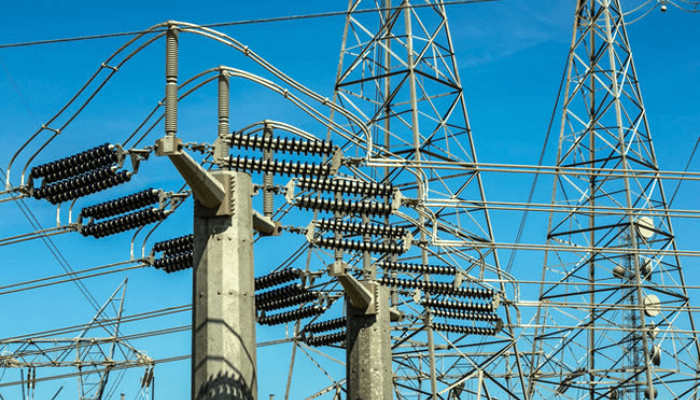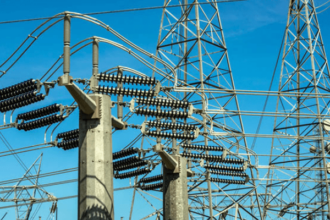Nigeria experienced a paradoxical situation in the second quarter of 2024. While the number of electricity consumers increased, electricity supply saw a decline. This comes at a time when electricity distribution companies (DISCOs) are reporting significant revenue growth.
In Q2 2024, the total number of electricity consumers in Nigeria rose to 12.99 million. This marked an increase of 5.35% from Q1 2024, when customer numbers stood at 12.33 million. On a year-on-year comparison, the number of electricity customers increased by a significant 13.24%, compared to the 11.47 million reported in the second quarter of 2023.
This growth in consumer numbers also reflects an increase in the number of metered customers, which grew by 0.25% from the previous quarter, reaching 5.92 million. Year-on-year, this marks an 8.18% rise from the 5.47 million recorded in Q2 2023. While these statistics indicate a growing access to electricity, the supply has not kept up with the demand.
Electricity Supply Falls
Despite the increase in the number of electricity consumers, the amount of electricity supplied during this period dropped. In Q2 2024, Nigeria supplied 5,612.52 Gwh, a decrease from the 5,769.52 Gwh delivered in Q1 2024. On a year-to-year basis, the drop in supply is even more notable, as electricity supply in Q2 2023 was 5,909.83 Gwh. This represents a 5.03% decrease in electricity generation compared to the previous year.
This gap between growing consumer demand and a decline in supply highlights the ongoing struggles in Nigeria’s power sector. The reduction in electricity supply could further strain the grid, even as more households and businesses are connected to it.
Revenue Growth for DISCOs
On the financial side, electricity distribution companies (DISCOs) are faring better than the country’s power generation. Revenue collected by the DISCOS in Q2 2024 reached N391.72 billion. This represents a substantial growth from the N291.62 billion generated in the first quarter of the year. On a year-on-year basis, the revenue growth was an impressive 48.90%, as the amount collected in Q2 2023 stood at N263.08 billion.
This increase in revenue indicates that while electricity supply is faltering, distribution companies are becoming more efficient in revenue collection. This could be due to improved metering systems, or the rise in consumer numbers, ensuring that more electricity users are being billed and paying for the service. The revenue increase might also be related to tariff hikes or improved enforcement of payment by DISCOS.
Future Outlook
The NBS report also highlighted that the customer base expected to receive electricity increased by 10.04%, reaching 7.07 million customers in Q2 2024, compared to 6.43 million in Q1 2024. The growth in electricity consumers, especially on a year-on-year basis, shows a 17.86% increase in the estimated number of customers receiving power.
While the increase in revenue and customer base is a positive sign for the electricity distribution sector, the decline in electricity supply points to the underlying challenges in Nigeria’s energy infrastructure. Without improvements in generation capacity, the growing customer base may not be able to fully benefit from the distribution network’s progress.
Conclusion
Nigeria’s electricity sector continues to face challenges in balancing supply and demand. Despite an increase in the number of electricity consumers and substantial revenue growth for DISCOs, electricity supply has decreased. If Nigeria’s power sector does not address the issue of supply, the gap between demand and availability could widen, potentially affecting both households and businesses relying on electricity. The current trends highlight the need for more significant investments in power generation and infrastructure to ensure reliable electricity access for all Nigerians.








